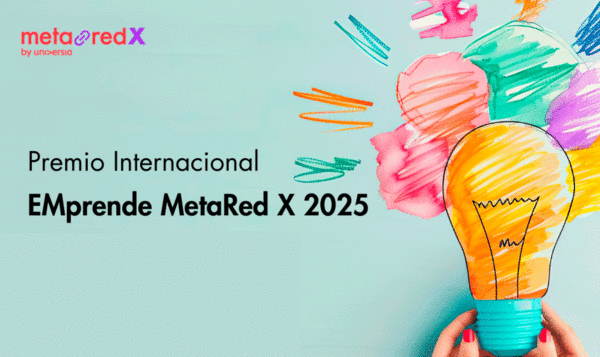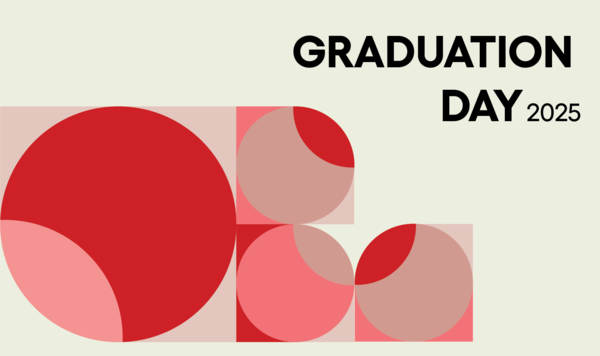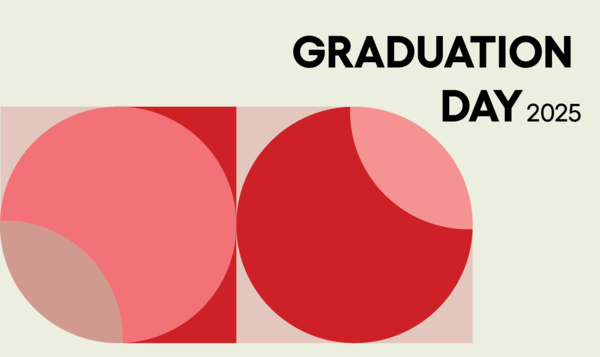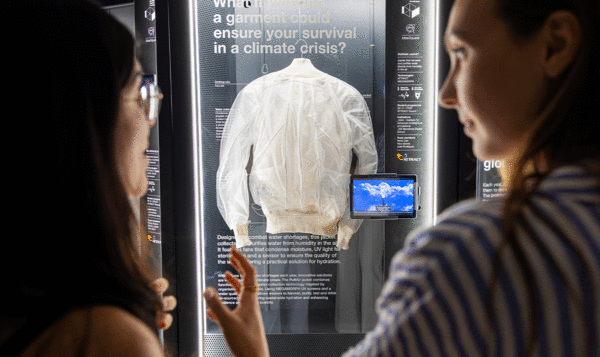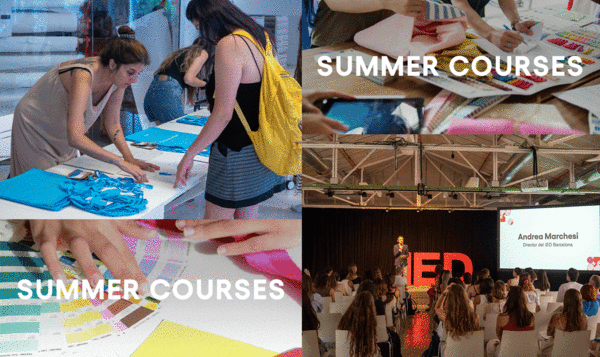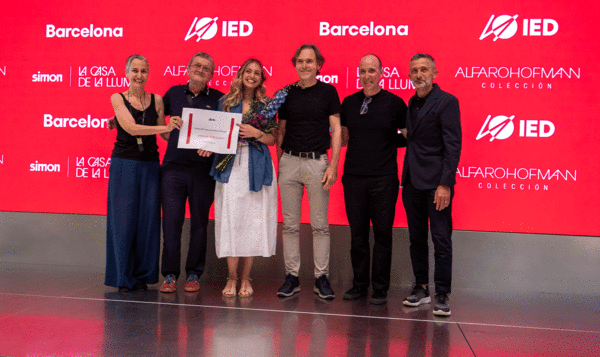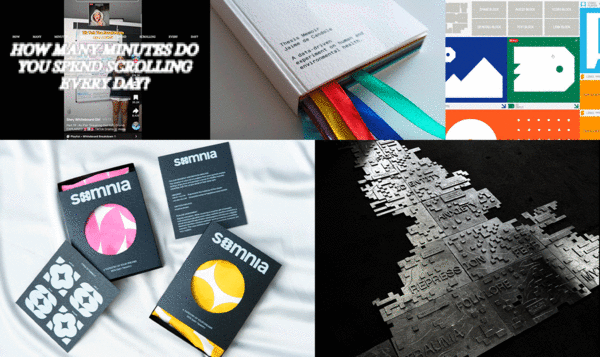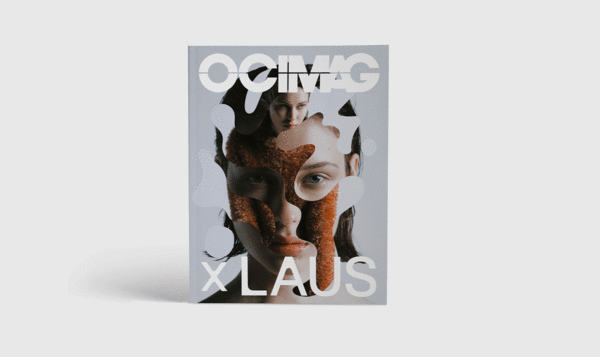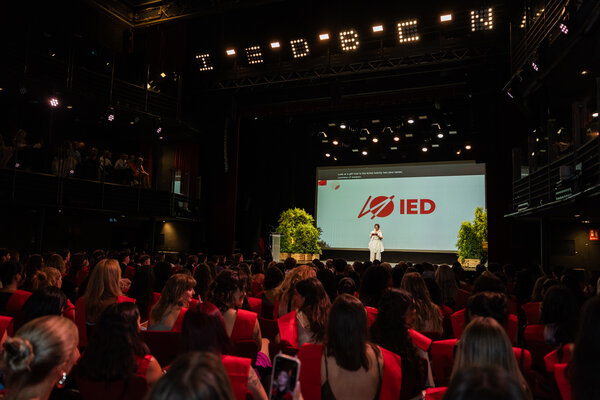The talk was organised by the Consulate General of Italy in Barcelona within the framework of this annual initiative aimed at promoting Italian design across the world.
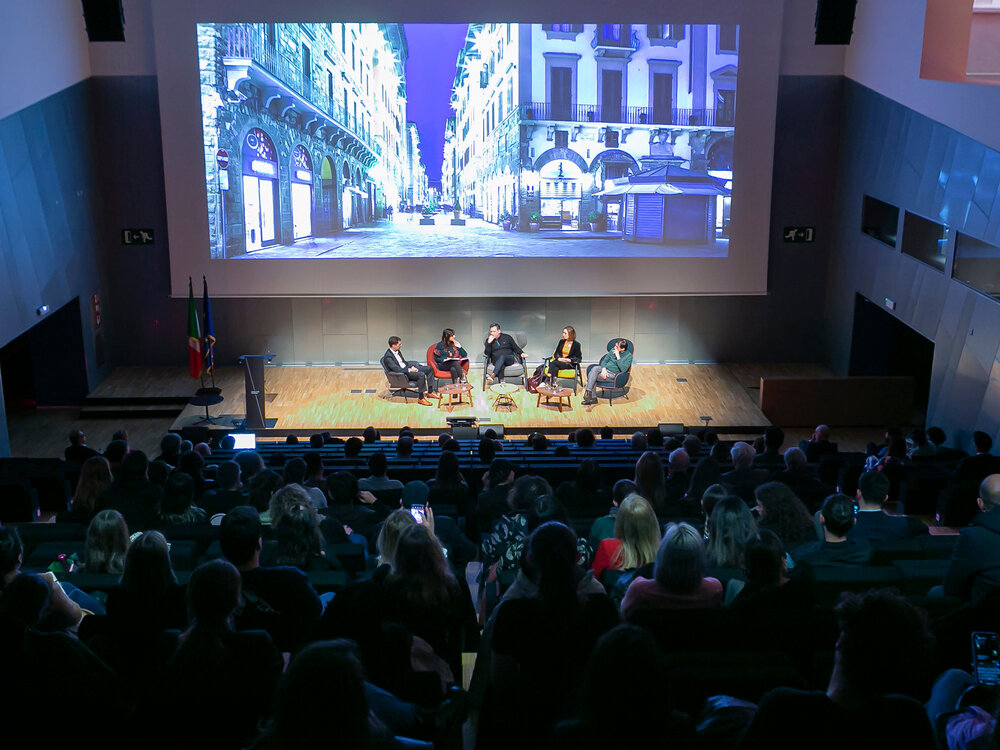
Design, light and energy needs under discussion on Italian Design Day
Date
10 March 2023
In the current context of the energy crisis, how can design accompany the light and technological development needs of our society in a sustainable way without giving up on art and beauty? This was the main discussion of the round table “Light and Energy: Habitat and city”, held on 9 March at the Auditorium of the Disseny Hub Barcelona (DHUB), within the framework of Italian Design Day, which this year, was dedicated to addressing “The quality that illuminates”.
The talk, organised by the Consulate General of Italy in Barcelona, with the collaboration of IED Barcelona (Istituto Europeo di Design) and DHUB, aiming to promote Italian design across the world, included the participation of Marcello Arosio, Art Director of AreaOdeon and Kernel Festival; Juan Garrigosa, Director of Public Administrations at Endesa X; Maria Güell Ordis, Lighting Designer, Founder of La Invisible Studio and Artistic Director of LLUMBCN; and Maurici Ginés, Lighting Designer and Founder of Artec Studi.
Michela Mezzavilla, Architect, Lighting Designer, Co-founder of MMAS and Teacher at IED Barcelona, was in charge of moderating the meeting.
A debate structured around three dimensions: aesthetics and projection, social and cultural, and environmental
Following the welcome words from Jose Luis de Vicente, Director of the Barcelona Design Museum; Emanuele Manzitti, Hon. Consul General of Italy in Barcelona; and Andrea Marchesi, Director of IED Barcelona, the debate began. In his speech, the Consul General recalled how “design is a privileged domain of collaboration between Italy and Spain,” as well as “the leading role played by the two countries in Europe and in the world in the context of the fight against climate change, environmental protection and sustainable development.”
The talk was structured around three axes: light itself and its beauty; people’s need for light, and light as energy and its impact on the environment.
Among other issues, the speakers answered questions related to the possibilities of using light in temporary contexts, taking into account its immersive and experiential capacities, as well as its difficulties considering it is an intangible material. Likewise, they tried to define the qualities that make it possible to transform a lighting element from being a simple object to becoming an icon, as is the case of the Tolomeo lamp by Michele de Lucchi. In their opinion, the sociability of the element is one of the key requisites to achieving this.
The experts also discussed the lighting challenges presented by large cities, taking Barcelona or Milan as case studies, and how this affects design decisions related to artificial light. Implementing a culture of light, and achieving a balance between functionality, beauty, public safety and environmental regulations were two of the main challenges pointed out. Along these lines, all of them agreed on the need to illuminate the streets in a “friendly” way. Further, based on the example of the illumination of the Cathedral of Burgos, they pointed out the positive impact of illuminating heritage sites as a lever for economic growth in the area.
Finally, the round table also included reflections on the need to raise awareness regarding energy savings (and/or energy efficiency) and how new technologies can be allies to foster this without compromising on quality.
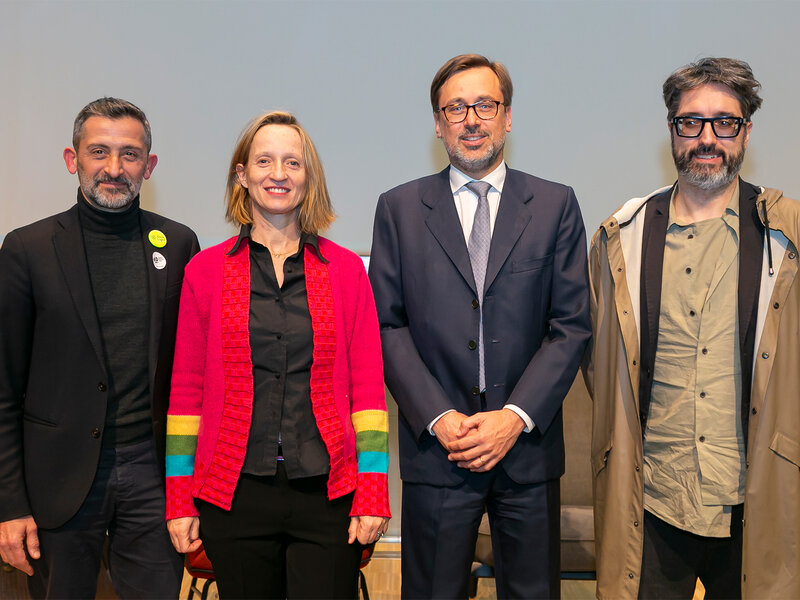
From left to right: Andrea Marchesi, Director of IED Barcelona; Mireia Escobar, Director of Disseny Hub Barcelona; Emanuele Manzitti, Hon. Consul General of Italy in Barcelona, and Jose Luis de Vicente, Director of the Barcelona Design Museum.
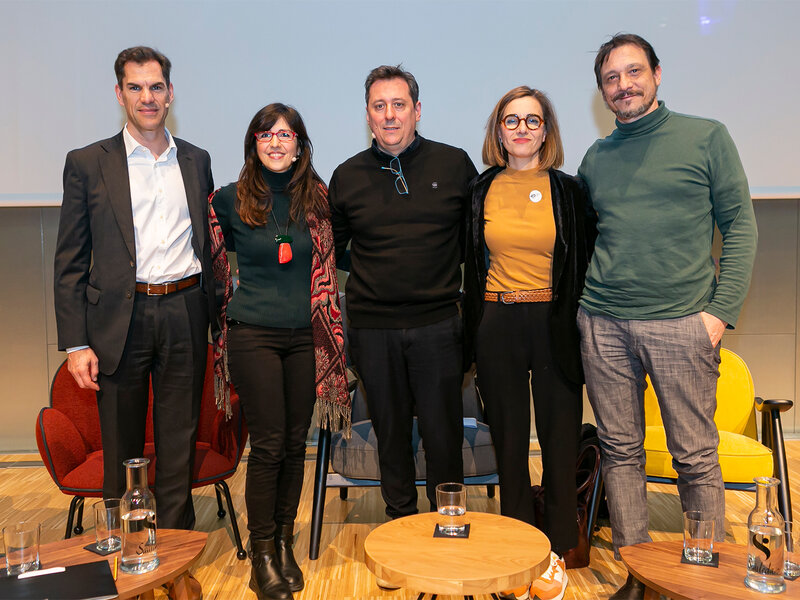
From left to right: Juan Garrigosa, Director of Public Administrations at Endesa X; Michela Mezzavilla, Co-founder of MMAS and Teacher at IED Barcelona; Maurici Ginés, Founder of Artec Studi; Maria Güell Ordis, Founder of La Invisible Studio and Artistic Director of LLUMBCN, and Marcello Arosio, Art Director of AreaOdeon and Kernel Festival.
